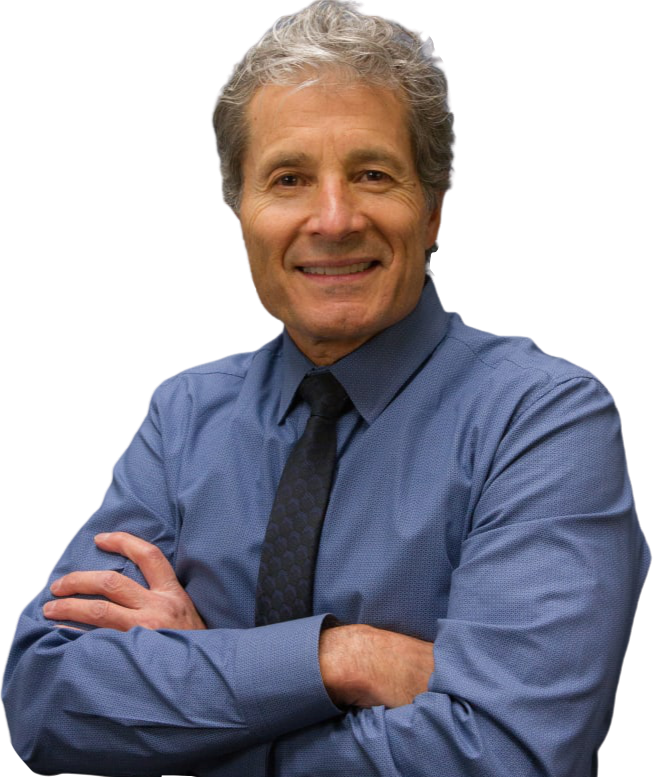
Chin
Navigate to:
Augmentation - Enlargement
Reduction
Witches Chin
*DISCLAIMER: THIS SITE CONTAINS GRAPHIC & SURGICAL IMAGES THAT MAY BE DISTURBING TO SOME VIEWERS.
THIS SITE IS INTENDED FOR INDIVIDUALS OVER THE AGE OF 18.
**None of the images on this site have been enhanced or photoshopped.
Augmentation - Enlargement
Before the Surgery:
+ What options do I have to increase the prominence of the chin area?
The Operation:
The surgical procedure to correct a recessed chin can be done under local or general anaesthesia.
The small chin can be approached using an incision along the inside of the mouth which does not leave an exposed scar. This is used for a chin augmentation using an implant.
There are a variety of implant types (silicone and non-silicone), shapes, and sizes, all of which are customized to the patient.
**This will be discussed with the patient in the consultation with Dr. Giuffre.
Occasionally, patients with adequate jaw bone may be candidates for a mandibular slide procedure, where their own bone is used to augment the chin, without using an implant. This procedure is done under General Anaesthetic and requires a skin incision under the chin area. This approach will leave a scar. This will not affect the teeth or the occlusion (“bite”).
The various surgical options for chin augmentation will be reviewed with the patient in consultation with Dr. Giuffre
The Risks:
+ What are the risks of doing a Chin procedure?
The Followup:
+ How often do I need to come back for a checkup after the surgery?
+ I no longer have access to my original surgeon. What can I do?
Financing:
+ How much does it cost?
+ Can I finance the costs of the surgery? How do I do this?
+ If something goes wrong, do I have to repay for the operation?
+ How much does it cost?
+ What about having my Cosmetic Surgery in another country where it is cheaper?
Reduction
Before the Surgery:
+ What options do I have to reduce a prominent chin?
The Operation:
The surgical procedure to correct a prominent chin can be done under local or general anaesthesia.
The prominent chin can be approached using an incision along the inside of the mouth which does not leave an exposed scar. This is used for a bony prominence reduction.
Once the prominent part of the chin bone is exposed, the excess bone is removed. This will not affect the teeth or the occlusion (“bite”).
In patients with a large bony prominence, or patients with a Witch’s chin deformity, an incision is made just underneath the chin skin, the chin bone is exposed and any excess bone prominence is removed.
If there is soft tissue excess (skin, muscle and fat) in patients with a Witch’s chin deformity, the excess tissue is removed. This will leave a scar just underneath the chin.
The Witch’s chin deformity is often corrected at the same time a facelift is done in patients who are older. In younger patients, just the chin correction is done.
The Risks:
+ What are the risks of doing a Chin procedure?
The Followup:
+ How often do I need to come back for a checkup after the surgery?
+ I no longer have access to my original surgeon. What can I do?
Financing:
+ How much does it cost?
+ Can I finance the costs of the surgery? How do I do this?
+ If something goes wrong, do I have to repay for the operation?
+ How much does it cost?
+ What about having my Cosmetic Surgery in another country where it is cheaper?
Witches Chin
Before the Surgery:
+ What options do I have to reduce a prominent chin?
The Operation:
+ The surgical procedure to correct a prominent chin can be done under local or general anaesthesia.
The Risks:
+ What are the risks of doing a Chin procedure?
The Followup:
+ How often do I need to come back for a checkup after the surgery?
+ Is this procedure covered by AHS?
“Life is full of choices; your character reflects those choices.”


